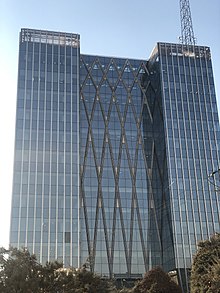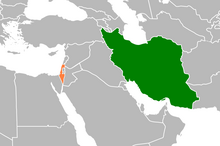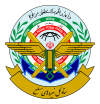Image 7The
Second Herat War (late March 1856–26 October 1856) was the invasion of the surrounding realm of
Herat and the successful siege of its citadel by the Qajar army led by
Hesam o-Saltaneh, Soltan Morad Mirza. The 1856 siege was part of the concerted Qajar effort to compensate the recent territorial losses in the Russo-Persian Wars of
1804–1813 and
1826–1828 by reconquering western Afghanistan, which had historically been a part of Persia's domain. The conflict was also a part of the broader
Great Game between the
British Empire and the
Russian Empire.
The Persian expedition into Herat was contrary to an agreement with the
United Kingdom signed by
Naser al-Din Shah in January 1853. According to this agreement, the Persian Government would refrain from sending troops to or interfering in the internal affairs of Herat. The siege was a major point of contention in the breakdown of Anglo-Persian relations and eventually became the catalyst for the
Anglo-Persian War. After successfully capturing Herat, British agents were either expelled from Persia or left on their own accord. Despite dispatching
Farrokh Khan Ghaffari to negotiate a diplomatic solution, the British were already preparing military action against Persia by July 1856. The British would inevitably issue a declaration of war on Persia from
Calcutta on 1 November 1856. The Persian army would continue to occupy Herat and would only leave in compliance with the
Treaty of Paris that ended the Anglo-Persian War. However, the Persian government managed to install
Sultan Ahmad Khan as the puppet ruler of Herat prior to the ratification of the peace treaty with Britain. (
Full article...)



















































